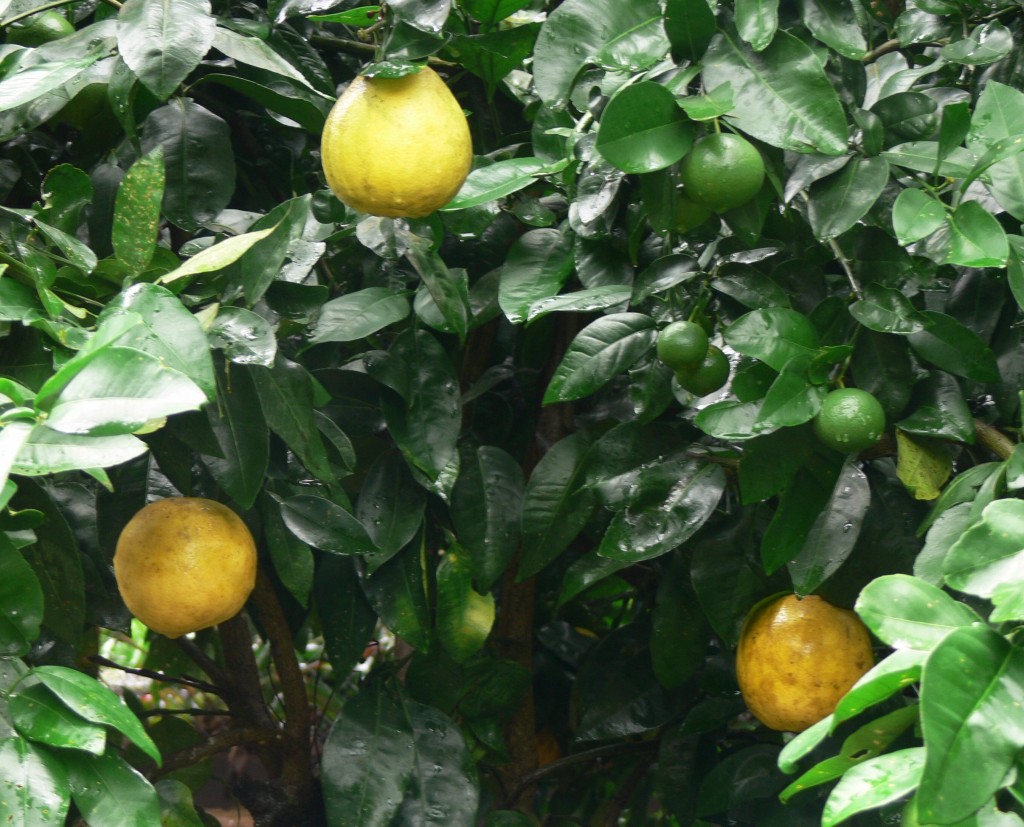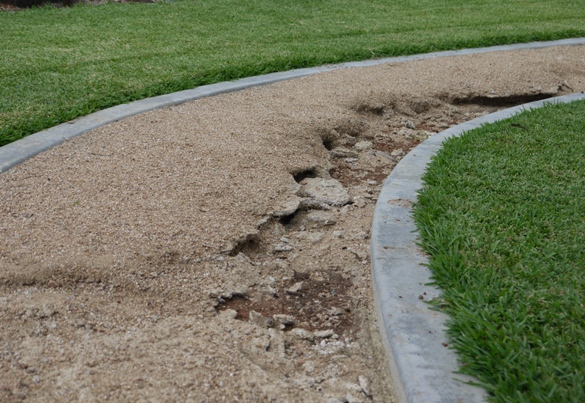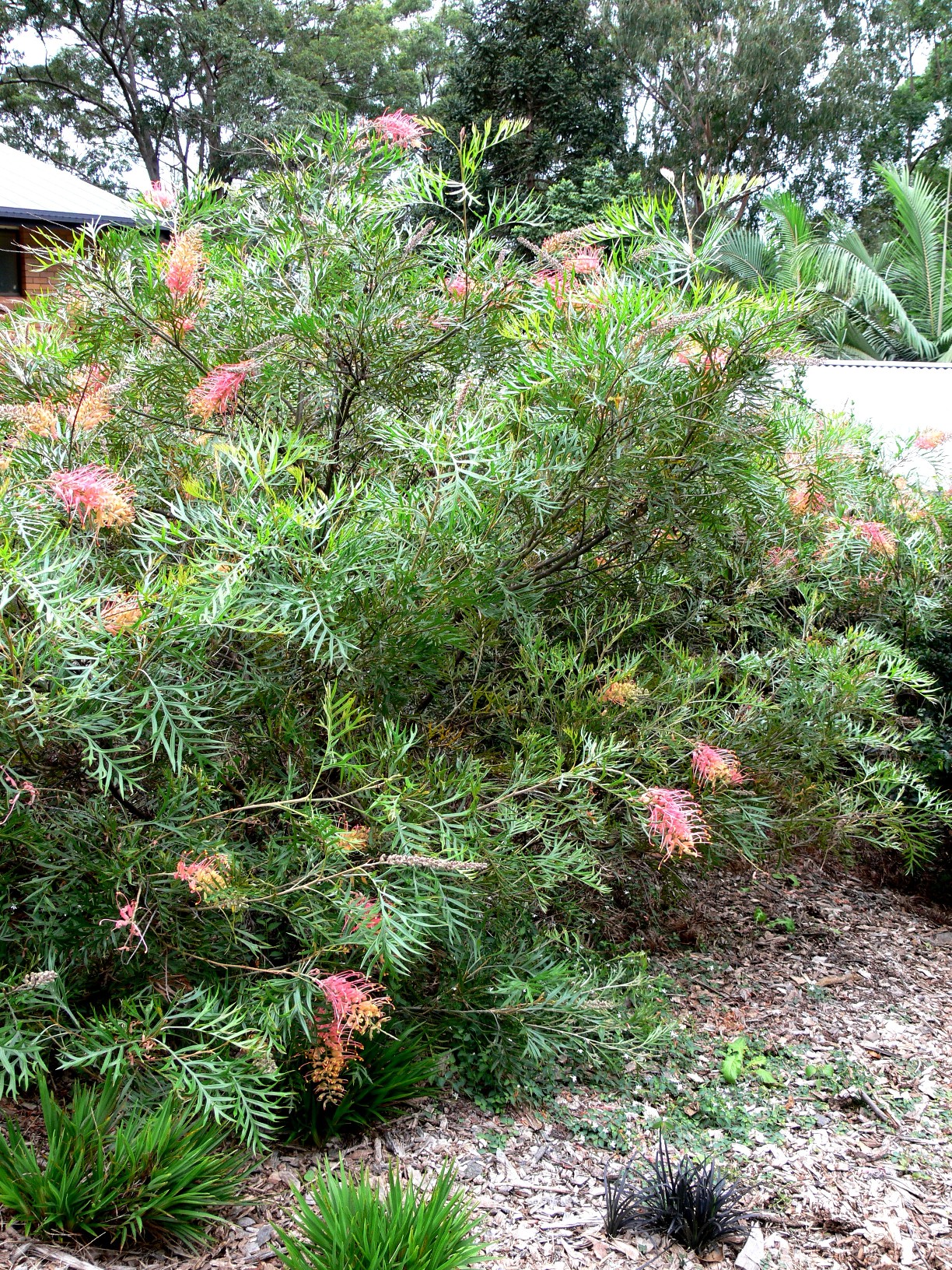Advice & Tips
Productive Gardens Part 3 – Fruiting Plants
A basket full of mangoes, fresh berries on your cereal in the morning, a cupboard full of home made jam and all the fruits from your own garden. How good is that?
The cultivation of fruiting plants is an essential part of productive gardening, sitting comfortably with vegetable gardening. As with harvesting your own vegetables, to walk into your garden and pick some fruit is very satisfying.
Keeping all of your fruiting plants in one area of the garden creates an orchard. This layout is practical because harvesting and maintenance equipment can be kept in the one location. For pest and disease control the ground around many fruiting plants is kept clear. As a result of this functional look, orchards are often pushed to a part of the garden which is not often seen. Careful planning, the introduction of features like seating, structures or paved areas and some ornamental plantings will make orchards a destination in your garden for pleasure as well as purpose.
Another option is to scatter productive plants throughout the garden, mixing them in with ornamental plants. The selection of plants needs to tie in with the surrounding plantings. An important consideration is not growing fruiting plants near any ornamentals which require regular applications of pesticides. Spray drift from these applications may land on the productive plant making the crop unsuitable for eating.
Smaller gardens won’t give you room for a whole orchard but careful selection will provide you with a wide range of fruits throughout the year are well suited to a few citrus trees, strawberries or a Ceylon Hill Gooseberry (Rhodomyrtus tomentose). Dwarf versions of many popular fruiting plants are available which would allow you to grow a wider variety.
Wall space in gardens can still allow for productive plants. Some fruit trees can be espaliered or trained to grow flat against the wall, a style popular in Europe. Vines are another option for walls or fences. They visually soften harsh vertical surfaces and cool a garden where it is not possible to grow larger trees. If your space is limited to a courtyard or verandah, seek varieties which are suitable for growing in pots and tubs.
With a larger yard, you can consider the bigger trees. Pecan is a beautiful spreading tree which puts on a spectacular autumn display before its leaves fall. Growing feature fruit trees in expansive lawns can create a visual treat as well as something for the table. Use your fruiting trees to provide multiple functions in the garden. Many of these plants can be grown as screening plants or pruned into formal hedging. My favourite for screens is the Jaboticaba (Myrciaria cauliflora) which resembles a Lily Pilly and can produce several crops in a year.
If you are considering growing a fruit tree, put it in, don’t put it off. The sooner you do it, the sooner you can enjoy the fruits of your labour.




